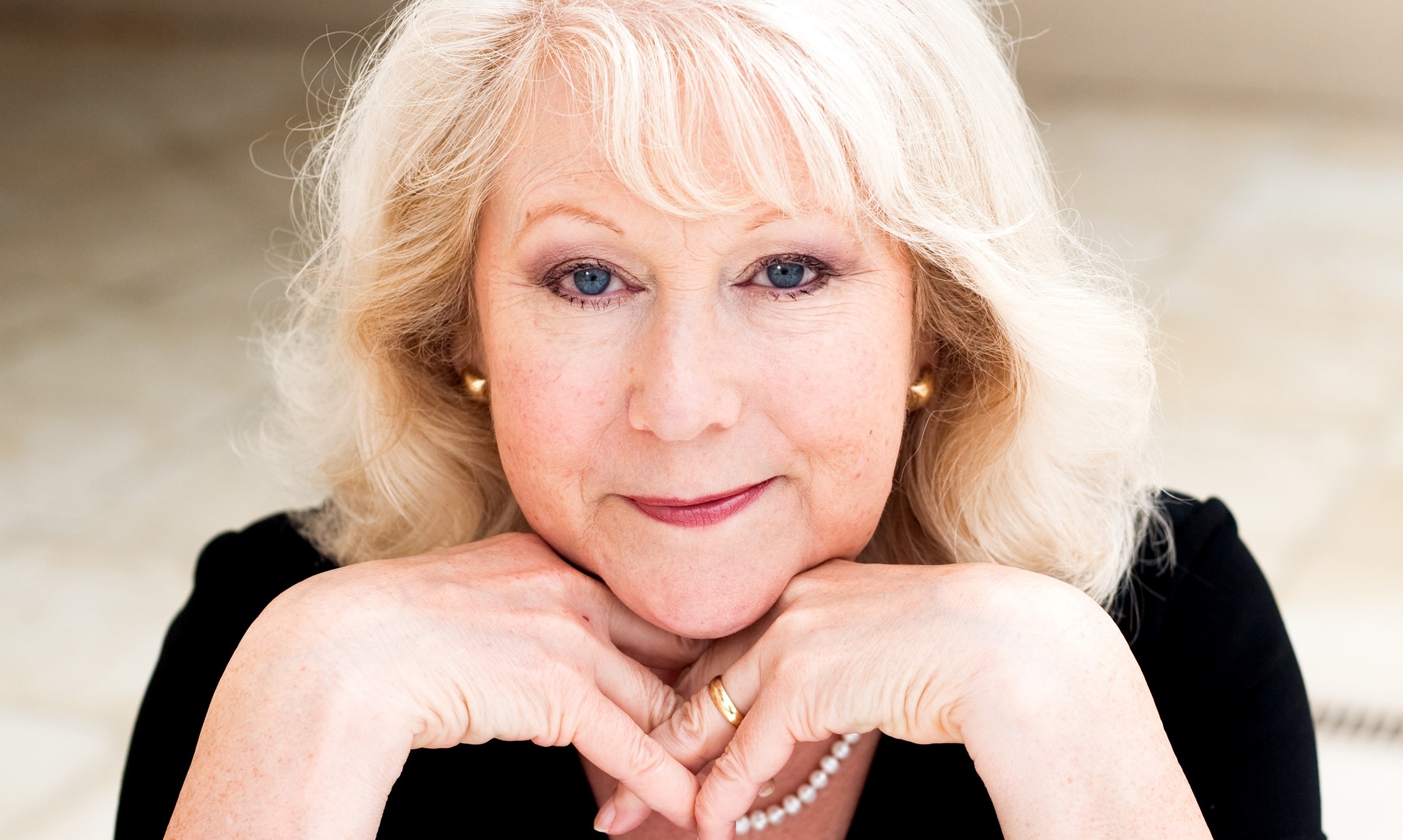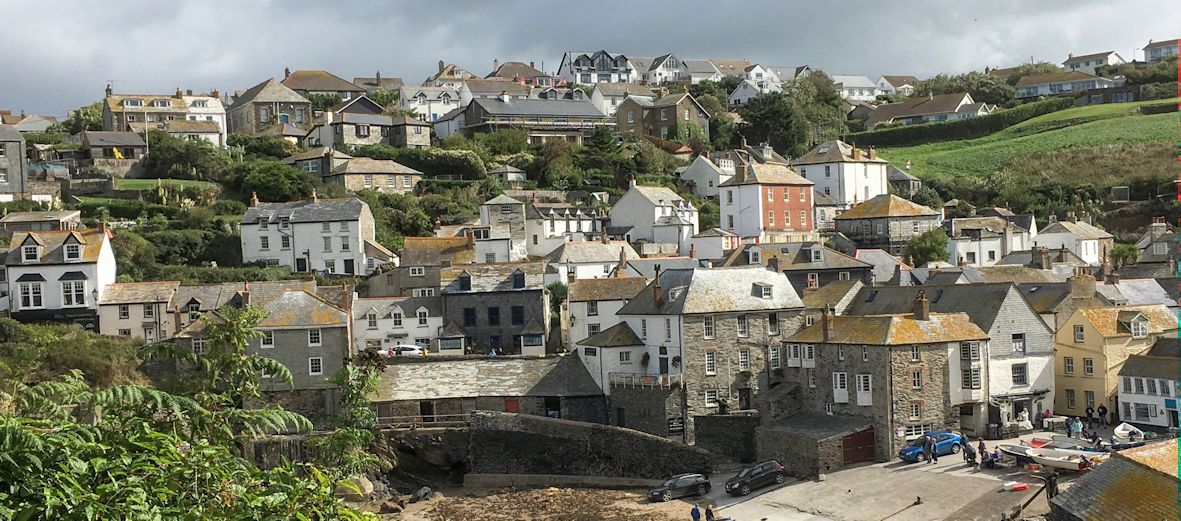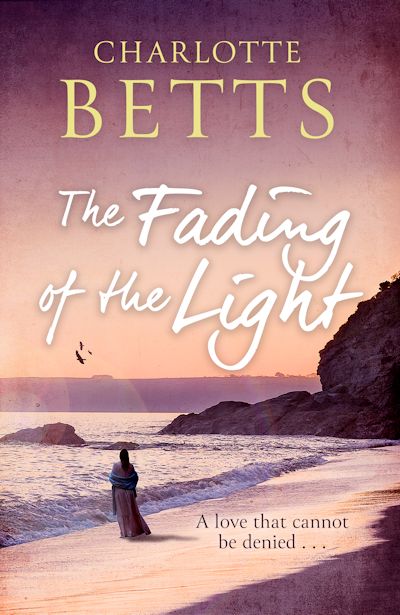War, Cornwall and Artists: Charlotte Betts discusses her latest novel

My guest today is Charlotte Betts, author of nine romantic historical novels who draws inspiration from the stories of strong women at turning points in history. She’s here to discuss her latest novel, The Fading of the Light.
Tell us something about you and your writing, Charlotte. How long have you been writing/ published?
I’ve been writing for twenty years. I had my own design business and three children and two stepchildren to bring up so it was simply an interesting hobby at first. I wrote six books, mostly contemporary mysteries with a romantic element. I didn’t try very hard to get them published because it was the passion for the writing that drove me and once one novel was finished, I’d forget it and get on with the next.
The seventh novel was set during WWII and I discovered I loved researching the history. I didn’t find an agent for that novel but decided to delve back into the seventeenth century and my first published novel, The Apothecary’s Daughter, came into being in 2011. It took me ten years to reach that point and since then, I’ve had one book a year published.
Wow – seven unpublished novels? Maybe it’s time you got them out of the drawer and polished them up!
Can you throw some light on your writing process? Are you a planner or do you dive in and keep going? Do you research first or as you go? Do you write every day? Have targets?
I learned very quickly that planning works best for me. I can’t bear staring at a blank screen, deciding what to write. Scary! An outline guides me into what will happen next and it can always be changed if I have a brilliant new idea. I research around the period first, highlighting dates and events that spark my imagination then free-write story lines. They change several times until I have a clearer understanding of the story and characters.
I write or research six days a week, usually from 9am to 6pm but with an hour for lunch. If it’s not working, I’ll do some gardening or walk the dog until I’m inspired again. I use Scrivener, which has a handy system that works out how many words you need to do each writing day until the deadline for the first draft. I find this keeps me on track because there’s a deadline every day!
I use Scrivener too and would be lost without it.
You have written books set in many different time periods. What drew you towards this particular time period for The Fading of the Light?
I became very close to my grandmother after she came to live with my family when I was ten. Born in 1892, she always had interesting family stories to tell me. When she was nine, her mother was widowed and left with nine young children. Granny married during WWI and I have my grandfather’s letters to her from the trenches. These family stories, her letters and photographs, made the Edwardian era seem very close and I’ve wanted to write about it for a long time.
The book is set in Cornwall. Clearly you know the area well. How much of your local knowledge is in the book? Did you scout your locations?
I didn’t have any prior local knowledge of Port Isaac before writing the Spindrift trilogy but, over the years, I’ve enjoyed several seaside holidays on the wonderful north coast of Cornwall. I chose Port Isaac as a suitable location for a turn of the century artists’ community and then booked a week’s holiday there to scout it out. I took lots of photographs, sat in the church, walked the steep lanes and coastline and read several books on the history of the area. I found a large house nearby that was a holiday let and peered over the wall at it, letting my imagination run wild. That, with various embellishments, became Spindrift House in my mind, though I set it nearer to the sea with its private cove.

The book is set in an artists’ colony. What drew you to that and how important is it to the story? Did you base it on a real one?
I’ve always loved the idea of an artists’ colony, where people come together to work and spark off each other’s creative ideas. As a writer, I find this works brilliantly on a writing retreat. Spindrift House is my own creation and fundamental to the whole trilogy. It’s a writing community rather than a colony. Artists were, and still are, drawn to Cornwall because of the quality of light. At the turn of the twentieth century, the fishing industry began to fail and artists were able to rent cheap but spacious fish lofts for their studios. Famous colonies grew around Newlyn and St Ives.
You are writing about artists and their creative lives. Are you a painter or sculptor yourself? If not, how did you get under the skins of the artists in your novel?
I trained at art school to be a fashion designer and, a few years later, in three dimensional design, leading to a career in the design of hotel interiors. I’ve always been creative and when I was younger I loved to paint and draw, especially Life Drawing. A designer rather than an artist, I always assumed I’d take up painting again when I retired but now writing seems to consume all my time. Perhaps, one day …
You must get your paints out again, Charlotte! (she said, while ignoring her own advice!)
Did you base your characters’ artistic styles on any particular real painters?
I allowed the Spindrift artists to each develop their own style but these changed over time, and with each of the books in the trilogy, reflecting what was currently popular. Initially, Edith was drawn to the work of Alma Tadema, though was later influenced by the Post-Impressionists. Pascal used bold colour and brushstrokes, perhaps inspired by Van Gogh and the sun-baked landscape of home in Provence but his style changed when he moved to Cornwall and he began to paint cooler seascapes. I briefly describe some of the Spindrift canvases but prefer to allow the reader to use their imagination for the details.
Tell us something about your approach to research.
I start with a quick skim through the internet to guide me to books to read or places I might visit. There is nothing like a site visit for picking up on the small details that add richness to a description of a setting. The flora and fauna, the wind direction and the sound and smell of a landscape can tell you so much but you have to take time to listen to your senses. I adore visiting stately homes and museums to see how people lived in past times and always carry a notebook to capture my thoughts. You never know when it will be useful!
I agree one hundred per cent!
Pascal, one of your main characters is French. How important is his background to the development of his character and his relationships within the community and with Edith?
I wanted to include some characters in the community who hadn’t been part of the student group from the Slade School of Art. Pascal trained to paint in Paris and I liked that he sometimes had a different approach to his work from the others. A little older than Edith, Pascal is the complete opposite of her husband Benedict, both in looks and character. It wasn’t essential that Pascal was French, but his friendship with Edith grew out of the fact that he is the French cousin of Wilfred – another member of the original group of students. There are links to France throughout the trilogy.
When I finished the book and saw there was to be another to complete the trilogy, I felt a sense of sadness and foreboding as the book ends in 1907 – and you included the opening of the next book Letting in the Light which opens in that fateful summer of 1914. Yet it opens with a new threat to the Spindrift community – not the approaching war – but no spoilers here!! As I imagine the war will have to figure in it, I can’t help feeling sad and wondering which of the young men and boys will disappear to the battlefields, maybe never to return. The title runs counter to our expectations of WW1 as a time when “the lamps are going out all over Europe”. Without giving too much away are you able to tell us something about this?
That’s a really interesting question, Clare. I wanted to end the Spindrift trilogy on a realistic but happy note and, without plot spoilers, I believe I’ve done that. The title Letting in the Light infers that after all the drama, passion, happiness and tragedy, sunshine and light will return to the community. I do love a happy ending!
That’s reassuring! I love happy endings too – but don’t always write them!

Thank you for inviting me to your blog, Clare. I’ve really enjoyed answering your questions.
It’s been an absolute pleasure, Charlotte. I really enjoyed reading the book.
You can find out more about Charlotte’s books on her website. Fancy purchasing Fading of the Light? You can learm more about the book and buy online today.


0 Comments